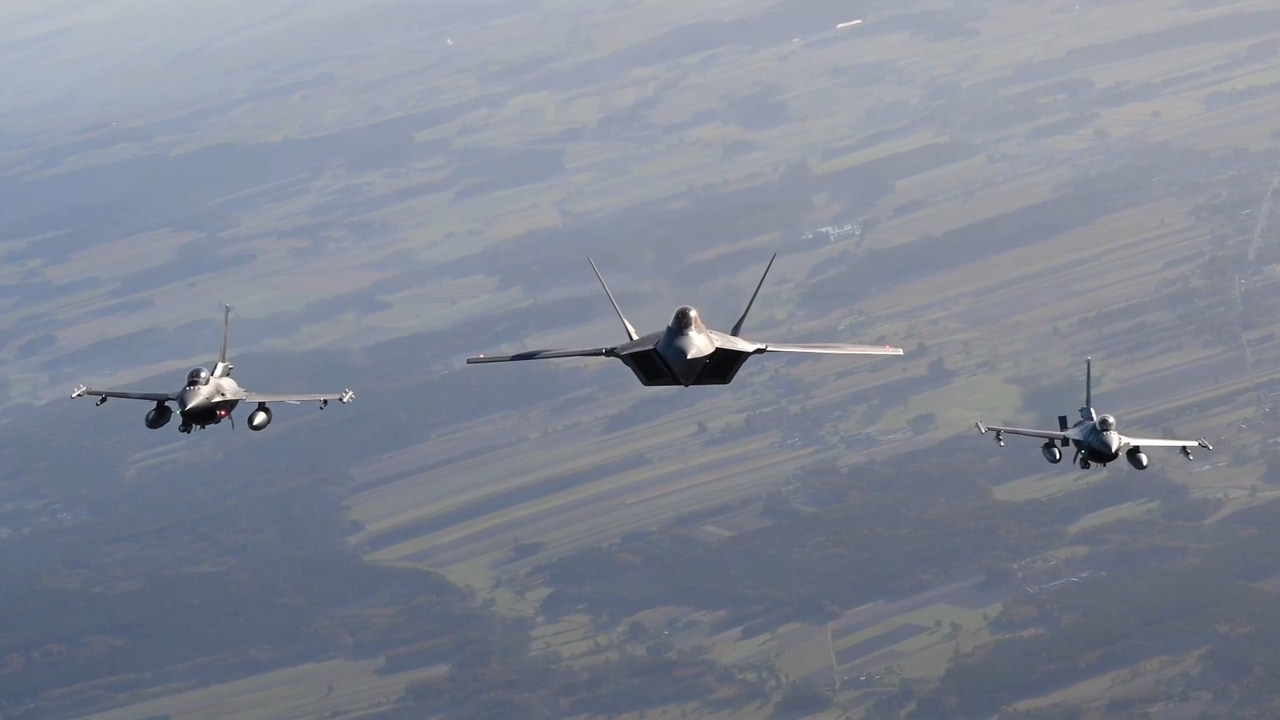This has already been the case with other defense equipment sent to Ukraine since the start of the war, but even more so in this case: the F-16 fighter jets promised to Kiev pose a major training challenge and will not be deployed quickly.
Like heavy tanks or certain missiles, the US planes offered by the Netherlands and Denmark represent a political and diplomatic victory for the Ukrainian president. Volodymyr Zelenskyy. But they will also pose significant difficulties in a war in which aviation has so far not been a protagonist.
The F-16 of the American Lockheed Martin It was the model that Ukraine had been demanding for months and that Westerners were reluctant to implement.
“Its radar and weapons systems can rival the Sukhoi-35 and other planes from Russia,” Gareth Jennings, a military expert with Britain’s private intelligence agency Janes, told AFP.
Equipped with modern Western systems, these fighter jets will “not only restore a horribly depleted population,” but also help Kiev “to reduce the capability gap to the most advanced apparatus of the Russian Armed Forces.”
A Ukrainian aviation spokesman, Yuriy Ignatsaid Monday it needs 128 fighter jets to replace its aging fleet, as well as training and transport planes.
These fighters will allow “to respond to different challenges and hit different targets, especially aircraft, ground targets and targets in deep enemy lines,” he said in an interview with Radio Liberty Ukraine.
However, it takes many months to train a pilot in the specific characteristics of these devices. “Even though Ukrainian personnel have often excelled in training and achieved goals faster than expected, the task is huge,” he told AFP. Ivan Klyszcz, researcher at the International Center for Defense and Security (ICDS) based in Estonia. “There are other unanswered questions, such as maintenance of the device and procurement of spare parts,” he said.
The teacher in turn Justin Bronk, from the British institute RUSI, fears “a significant dependence on civilian providers to monitor and ensure the training” of Ukrainian mechanics. “This increases the political risk that western borrowers will be killed in Russian attacks,” he said on X (ex-Twitter).
On Friday, US General James HeckerHead of aviation in his country in Europe, pointed out deadlines that are not compatible with the urgency of the present.
“It takes time to put together some F-16 squadrons and make them smart enough, with enough competition. That could take four or five years,” Hecker said, according to The War Zone specialist portal.
Experts interviewed by AFP believe these fighters will not allow Ukraine to control airspace, which has not been dominated by either side since the war began.
In March, the US Congressional Research Service warned that fighter jets “have not yet played a critical role in the conflict, nor should they, given Ukrainian and Russian capabilities.”
According to him, “both camps deployed advanced air defense systems that limited the impact” of aviation in combat.
The aim of both sides is to deny access – to prevent the enemy from using the skies – rather than to achieve a dominance that would be both costly and uncertain.
Neither force “is capable of gaining air supremacy without unmasking a large part of their fleets, perhaps all of them in the case of Ukraine,” adds Ivan Klyszcz.
Finally, the question of the political implications of this donation remains. “I see it primarily as a political signal. It is another step in strengthening Western military aid,” says Admiral Pascal Ausseur, Director General of the French Foundation for Strategic Studies for the Mediterranean (FMES).
“If Westerners had refused, it would have given the impression that Europeans and Americans would reduce their support. As for the diplomatic relations of the forces that are disputed worldwide and for the terrain, it is very important,” he adds.
President Zelenskyy highlighted this European gift in a special way. “The task of politicians is unity. More unity. More power,” he said.

